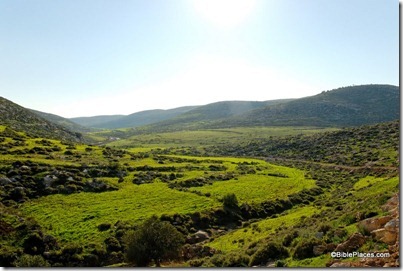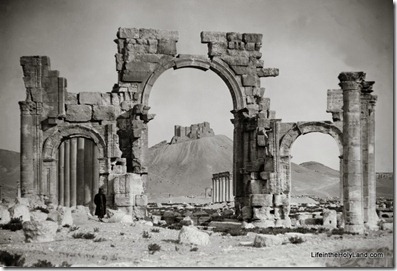Crossway has just released a 540-page book with more than 20 articles from a number of leading evangelical scholars. The full title is Do Historical Matters Matter to Faith? A Critical Appraisal of Modern and Postmodern Approaches to Scripture.
Amazon has a list of endorsements, but I find the table of contents to be much more helpful in seeing the potential value of this book for my studies and thinking. (It’s probable that most of the reviewers endorsed the book based on the table of contents and did not read the book.)
Before adding the (lengthy) contents listing, a few additional notes: (1) Crossway’s website has the first chapter for free; (2) the paperback sells for $23, but the Kindle version is now just $10; (3) I have put in bold the chapters of most interest to me personally.
Part 1: Biblical, Systematic, and Historical Theology:
1. Thomas H. McCall, “Religious Epistemology, Theological Interpretation of Scripture, and Critical Biblical Scholarship: A Theologian’s Reflections”
2. Graham A. Cole, “The Peril of a ‘Historyless’ Systematic Theology”
3. Mark D. Thompson, “The Divine Investment in Truth: Toward a Theological Account of Biblical Inerrancy”
4. James K. Hoffmeier, “‘These Things Happened’: Why a Historical Exodus Is Essential for Theology”
5. Michael A. G. Haykin, “Fundamentum et Columnam Fidei Nostrae: Irenaeus on the Perfect and Saving Nature of the Scriptures”
Part 2: Old Testament and Issues of History, Authenticity, and Authority
6. Richard E. Averbeck, “Pentateuchal Criticism and the Priestly Torah”
7. Robert B. Chisholm Jr., “Old Testament Source Criticism: Some Methodological Miscues”
8. Robert D. Bergen, “Word Distribution as an Indicator Authorial Intention: A Study of Gen. 1:1-2:3″
9. John W. Hilber, “The Culture of Prophecy and Writing in the Ancient Near East”
10. Richard L. Schultz, “Isaiah, Isaiahs, and Current Scholarship”
11. Alan Millard, “Daniel in Babylon: An Accurate Record?”
12. Willem A. VanGemeren & Jason Stanghalle, “A Critical-Realistic Reading of Psalms Titles: Authenticity, Inspiration and Evangelicals”
13. Jens Bruun Kofoed, “The Old Testament as Cultural Memory”
Part 3: New Testament and Issues of History, Authenticity, and Authority
14. Robert W. Yarbrough, “God’s Word in Human Words: Form-Critical Reflections”
15. Craig L. Blomberg, “A Constructive Traditional Response to New Testament Criticism”
16. Darrell L. Bock, “Precision and Accuracy: Making Distinctions in the Cultural Context that Give
Us Pause in Pitting Gospels Against Other”
17. Eckhard J. Schnabel, “Paul, Timothy, and Titus: The Assumption of a Pseudonymous Author and of Pseudonymous Recipients in the Light of Literary, Theological, and Historical Evidence”
18. Thomas W. Davis, “Saint Paul on Cyprus: The Transformation of an Apostle”
Part 4: The Old Testament and Archaeology
19. John M. Monson, “Enter Joshua: The Mother of Current Biblical Debates”
20. Richard S. Hess, “Yahweh’s ‘Wife’ and Belief in One God in the Old Testament”
21. Michael G. Hasel, “New Excavations at Khirbet Qeiyafa and the Early History of Judah”
22. Steven M. Ortiz, “The Archaeology of David and Solomon: Method or Madness?”





